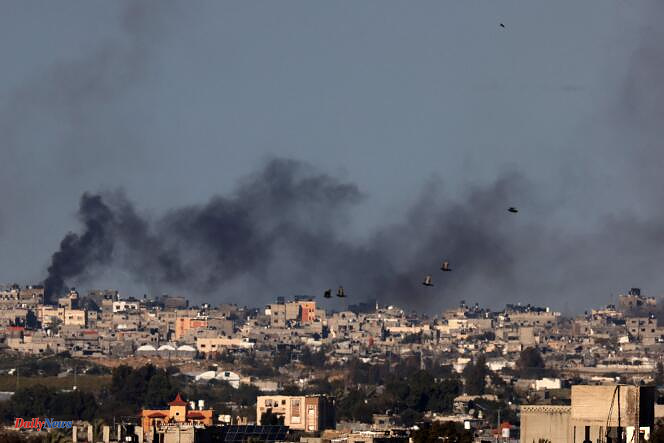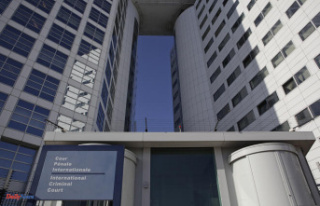The Israeli army launched new deadly strikes on the Gaza Strip on Wednesday, January 31, and engaged in intense fighting with Palestinian Hamas, as international mediators worked to secure a new truce in this devastating war.
According to the Health Ministry in the Hamas-administered Gaza Strip on Wednesday, Israeli ground fighting and aerial bombardments left 150 people dead in twenty-four hours in the Gaza Strip. The fighting is concentrated in Khan Younes, a large city in the south of the territory that was largely destroyed and now the epicenter of the war that began on October 7.
After a first one-week ceasefire at the end of November, according to a Hamas source, the Islamist movement is examining a new truce proposal comprising three phases, the first of which notably mentions a six-week truce during which Israel will have to release between 200 and 300 Palestinian prisoners in exchange for 35 to 40 hostages. 200 to 300 humanitarian aid trucks will also be able to enter Gaza each day.
For the moment Hamas is demanding a total ceasefire as a prerequisite to any agreement and Israel refuses any truce as long as the Islamist movement, which it considers a terrorist organization like the United States and the European Union, does not will not be eliminated.
If the initial ceasefire is respected, a second step aims to release "reservist soldiers" – any adult Israeli male likely to be called up as a reservist – held in Gaza in exchange for an unspecified number of Palestinian prisoners . The final stage concerns the exchange of bodies of the deceased, and an agreement regarding the control of Gaza border crossings and the reconstruction of the territory.
Faced with efforts for a new truce, the head of American diplomacy, Antony Blinken, will return “in the coming days” to the Middle East, declared an American official, without specifying which countries he would visit.
The population in the besieged Palestinian territory is "starving to death", they are "pushed to the brink", denounced an official of the World Health Organization (WHO), Michael Ryan, almost four months after the start of the war which caused a major humanitarian crisis in Gaza.
Humanitarian aid is trickling into the Palestinian territory besieged by Israel. Entire neighborhoods were destroyed by the bombings which forced 1.7 million of the 2.4 million inhabitants to flee their homes, according to the UN, which estimates that the Gaza Strip is now “uninhabitable”.
UNRWA remains “the backbone of any humanitarian response in Gaza,” UN Secretary-General Antonio Guterres warned on Wednesday, as countries including the United States and the United Kingdom suspended funding to the agency. UN agency following accusations of involvement of twelve employees in Hamas' October 7 attack on Israel.
“I call on all member states to ensure the continuity of UNRWA’s life-saving work,” implored Antonio Guterres, while Israeli Prime Minister Benjamin Netanyahu said Wednesday in Jerusalem that UNRWA was “ totally infiltrated” by Hamas. An internal investigation was opened by a UN body into these accusations.
The armed group Islamic Resistance in Iraq was behind the attack that killed three American soldiers on Sunday in Jordan, National Security Council spokesperson John Kirby said.
“Our intelligence services are confident in the fact that [this attack] was carried out by a grouping called Islamic Resistance in Iraq”, a nebula of fighters from pro-Iranian armed groups which “contains in particular” the Hezbollah Brigades, a influential pro-Iranian armed group in Iraq, Mr. Kirby said.
The drone attack on Sunday targeted an American logistics base located in the middle of the Jordanian desert, on the border with Iraq and Syria. It left three dead and several dozen injured, according to the American army.
The US military destroyed a surface-to-air missile from the Houthi rebels, ready to be fired from Yemen, it said in a statement. Before taking action, American forces determined that this surface-to-air missile “presented an imminent threat” to American aircraft, justified Centcom, the United States military command for the Middle East.
The US military did not specify what type of aircraft, civil or military, could have been targeted by the Houthis.












